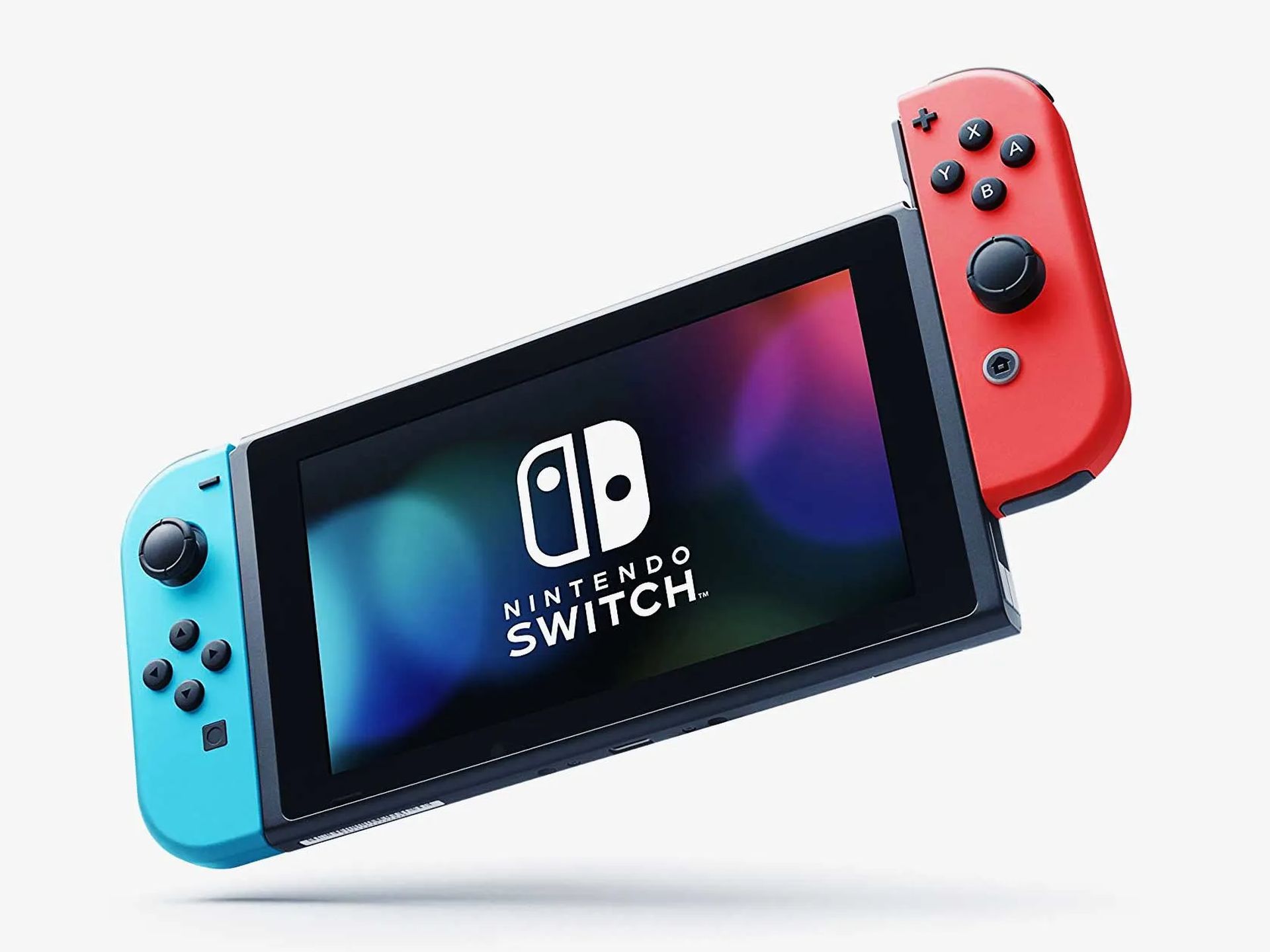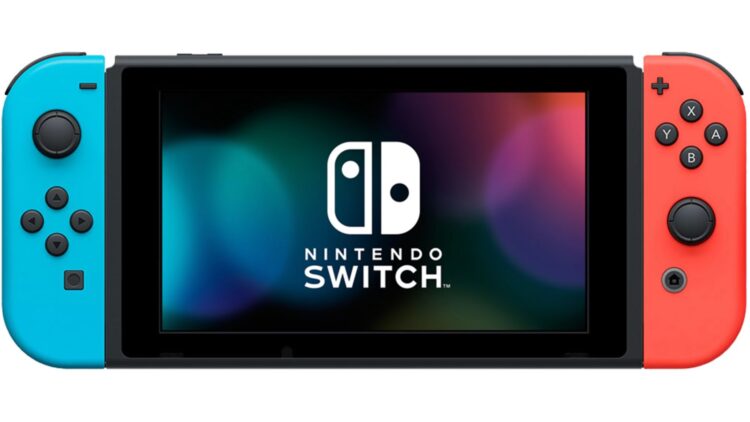There’s more buzz for Nintendo’s next-gen console, Switch 2 backward compatibility. While Nintendo has not officially unveiled the device, the company confirmed that Switch 2 will be backward compatible with Switch 1, allowing players to enjoy their library of Switch 1 games on the new model. During Nintendo’s recent midyear policy briefing, Nintendo announced Switch 2 would also continue carrying over existing Nintendo Switch Online services and accounts.
It’s a good sign that Nintendo will support Switch 2 backward compatibility. Backward compatibility has traditionally been an area of pain for gaming companies, particularly given the change in hardware architecture. While Nintendo has focused on making it easier for the 100 million-plus active users of the original Switch — released in 2017 — to step up to the new console, they seem comfortable helping the 200 million in preparation for the end of their lifespan in the industry.
This is Furukawa. At today’s Corporate Management Policy Briefing, we announced that Nintendo Switch software will also be playable on the successor to Nintendo Switch. Nintendo Switch Online will be available on the successor to Nintendo Switch as well. Further information about…
— 任天堂株式会社(企業広報・IR) (@NintendoCoLtd) November 6, 2024
Switch 2 backward compatibility: How Nintendo is making the next console transition seamless
When it comes to backward compatibility, Nintendo has never been particularly keen to follow the path trodden by its competitors and has done so to varying extents in different eras. The Switch moved from previous consoles’ disc-based games to cartridge-only support. That departure also meant many fans of legacy titles had to either wait for re-releases or subscribe to Nintendo Switch Online to continue playing older games. However, with Switch 2’s backward compatibility fast approaching, fans can look forward to playing most—if not all—Switch games without worrying about the world of Switch 2.
Statements for Switch 2 backward compatibility ensured it was user-focused. Nintendo’s president, Shuntaro Furukawa, stated that current Switch owners can bring their existing library to the follow-up model. Backward compatibility has been widely deemed a way to preserve Nintendo’s big player base. They also said the company expects to provide more details regarding the console’s specifications and when to expect it by the end of this fiscal year.
Nintendo’s record-breaking performance amid transition
As anticipation for the Switch 2 grows, Nintendo also shared some impressive sales figures, indicating the Switch’s enduring popularity. While hardware sales saw a recent drop of 31%, the Switch has still achieved a record of 146 million units sold, alongside 1.3 billion software units sold as of September 2024. Though Nintendo Switch Online subscriptions have slightly declined to about 34 million, the service’s premium expansion with additional game libraries continues to gain traction.
Nintendo’s move toward Switch 2 backward compatibility is expected to preserve this momentum, appealing to the loyal fan base and new users looking to dive into the expansive game library that the Switch has accumulated over the past eight years.

Backward compatibility hasn’t always been easy for Nintendo due to hardware shifts, especially when moving from the disc-based Wii U to the cartridge-based Switch. However, technological advancements have simplified this challenge, allowing Nintendo to ensure Switch 2 backward compatibility without changing its core hardware vendors, like Nvidia. Industry experts speculate that Nintendo will likely maintain its Nvidia partnership, perhaps with an upgraded Tegra processor that keeps the Switch’s architecture while boosting performance. This continuity could make backward compatibility seamless without requiring costly emulation solutions.
Gaming preservation and the value of backward compatibility
With Sony’s PS5 and Microsoft’s Xbox Series X offering robust backward compatibility, Nintendo’s decision to follow suit aligns with modern gaming trends, where players prioritize access to existing game libraries. Unlike some past transitions, players upgrading to the Switch 2 can be reassured that their favorite Switch titles will remain playable and accessible.
Nintendo’s move also touches on a broader issue within the gaming industry: game preservation. With over 87% of games released before 2010 now deemed “critically endangered” and largely inaccessible for purchase, preserving digital libraries has become essential. Nintendo has made strides in this direction with the Nintendo Switch Online library, though many games remain absent. The commitment to Switch 2 backward compatibility supports this preservation goal, allowing popular titles from the Switch era to remain accessible.
What to expect from Nintendo’s Switch 2
While Nintendo has confirmed Switch 2 backward compatibility, it has refrained from sharing specifics about the console’s design or hardware. The Switch 2 is slated to be officially revealed by the end of March 2025, which leaves fans speculating about potential upgrades. Nintendo’s choice to integrate backward compatibility reflects a strategic focus on player experience and ease of transition, ensuring that loyal Switch users will have the best possible experience moving forward.
As details unfold, Switch 2 backward compatibility is shaping up to be one of Nintendo’s most player-friendly decisions in years. It promises a smoother, more cohesive experience for all gamers eagerly awaiting the Switch’s successor.
Image credits: Nintendo





